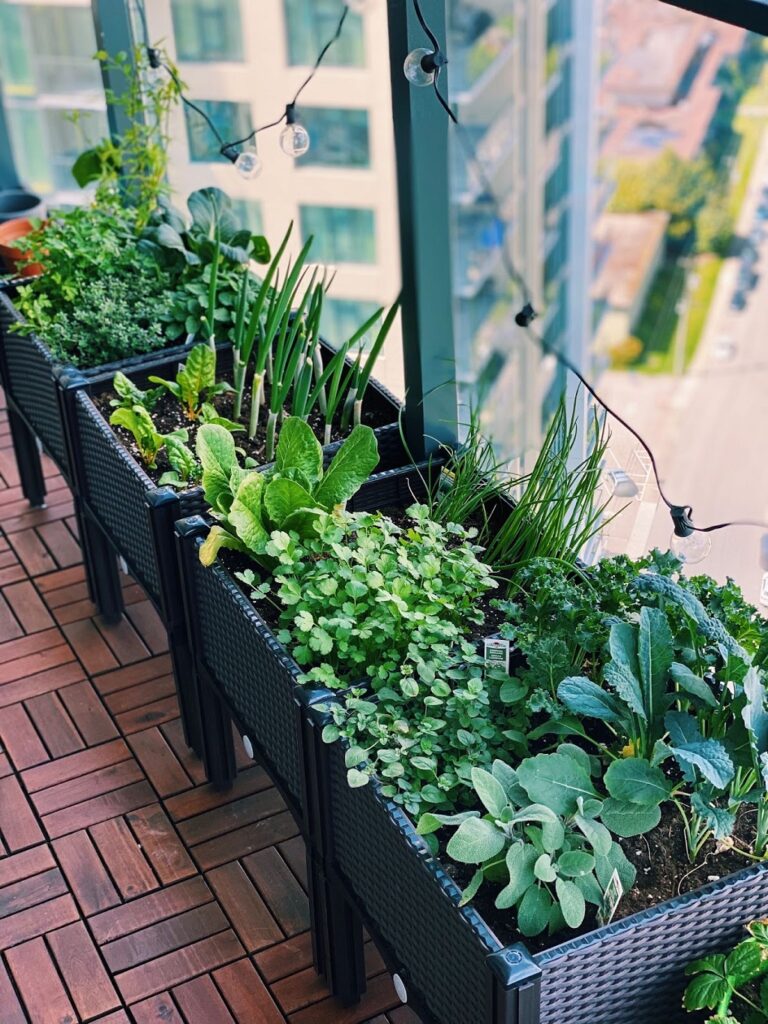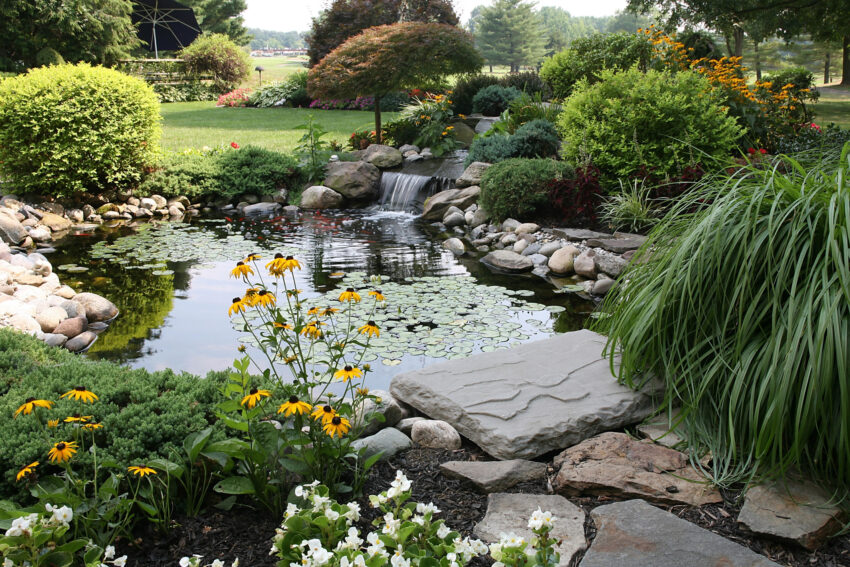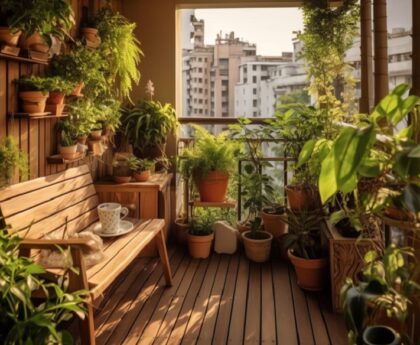To design a balcony garden, consider the available space, choose suitable plants, and arrange them creatively for maximum visual impact. Creating a beautiful and functional balcony garden involves strategic planning and utilizing the space efficiently.
With the right plants, proper maintenance, and creative design, you can transform your balcony into a peaceful and inviting outdoor oasis. Transforming your balcony into a colorful and vibrant garden can be a rewarding experience. Whether you have a small or large balcony, designing a garden that suits your space and personal style is achievable with the right approach.
By carefully selecting suitable plants, considering sunlight and shade, and optimizing every inch of space, you can create a stunning and relaxing garden retreat right outside your door. This guide will provide practical tips and inspiration to help you design a balcony garden that brings joy and beauty to your outdoor living space.
Step 1: Assess Your Balcony Space
Assess Your Balcony Space: It’s important to start by assessing the size of your balcony and determining the available space for your garden. Consider the sunlight and wind exposure your balcony receives, as this will impact the types of plants you can grow. Additionally, check for any structural limitations that may affect your ability to install garden features such as hanging planters or shelves.
 Step 2: Choose The Right Plants For Your Balcony
Step 2: Choose The Right Plants For Your Balcony
When designing your balcony garden, it’s crucial to consider the balcony’s microclimate. Evaluate the sun exposure, wind, and temperature variations to match the plants’ needs. Select plants suitable for containers to thrive in limited and specific growing conditions. Opt for plants that don’t require extensive root space. Choose a mix of foliage, flowers, and herbs to create a visually appealing and functional garden. Incorporate a variety of colors, shapes, and textures for a diverse and vibrant balcony oasis.
Step 3: Plan The Layout And Design
Once you have determined the space available for your balcony garden, it’s time to plan the layout and design. Start by sketching out a design, taking into consideration the different elements you want to incorporate. Add seating to create a cozy and inviting atmosphere. This can be done with chairs, benches, or even a hammock. Additionally, consider adding decorative elements such as lanterns, wind chimes, or planters to add visual interest. Another important factor to consider is vertical gardening options. Utilize hanging baskets, trellises, or wall-mounted planters to make the most of limited space. These options not only add greenery but also create a beautiful backdrop. By carefully planning the design of your balcony garden, you can create a space that is both functional and aesthetically pleasing.
Step 4: Prepare The Balcony For Planting
When designing a balcony garden, it is important to prepare the space before planting. Begin by cleaning and decluttering the balcony, removing any dirt, dust, or debris. This will create a clean and fresh canvas for your garden. Choose appropriate containers and soil for your plants, considering factors such as sunlight, moisture, and plant requirements. It is crucial to have proper drainage and irrigation in place to prevent waterlogging and help plants thrive. Ensure that containers have drainage holes and use a well-draining potting mix. Additionally, set up a watering system, such as drip irrigation or self-watering containers, to provide consistent moisture for your plants. By taking these steps, you will create a balcony garden that is ready for planting and set up for success.
Step 5: Plant, Care, And Maintain Your Balcony Garden
Discover how to design your very own balcony garden with step-by-step guidance on planting, caring for, and maintaining your green oasis. Create a thriving space that adds beauty, serenity, and a touch of nature to your balcony.
Plant your selected plants, making sure to choose ones that are suitable for the light and space available on your balcony. Consider the size, growth habits, and water requirements of each plant. Start by preparing the soil or choosing the right containers and potting mix for your plants. Then, carefully arrange and plant them, ensuring they have enough room to grow.
Once your plants are in place, water, fertilize, and prune them regularly to promote healthy growth. Refer to specific plant care instructions as needed, adjusting watering and fertilizing schedules accordingly. Keep a close eye on your plants for signs of pests or diseases, and take preventive measures to protect them. Explore the charm of rustic garden room interior design while considering eco-friendly practices. This may involve using organic pest control methods or seeking professional assistance if required.
Frequently Asked Questions Of How To Design Balcony Garden
How Do You Design A Balcony Garden?
To design a balcony garden, start by assessing the available space and considering the plants you want to grow. Make sure to choose containers that suit the size of your balcony and provide adequate drainage. Research the sunlight and water requirements of your chosen plants and create a layout that optimizes space while allowing for easy access.
What Are The Best Plants For A Balcony Garden?
The best plants for a balcony garden are ones that are suitable for container gardening and can thrive in your specific climate and sunlight conditions. Some popular options include herbs like basil and mint, flowering plants like petunias and geraniums, and vertical plants like climbing roses or ivy.
Consider choosing a mix of plants to add variety and interest to your garden.
How Often Should You Water A Balcony Garden?
The frequency of watering a balcony garden depends on various factors such as the type of plants, the weather conditions, and the size of containers. As a general guideline, check the moisture level of the soil regularly and water whenever it feels dry to the touch.
Be careful not to overwater, as this can lead to root rot.
Designing a balcony garden is a rewarding way to bring nature into urban spaces. By carefully selecting plants, considering sunlight and water needs, and utilizing vertical space, you can create a beautiful and functional oasis. Discover top indoor gardening tips to nurture your green sanctuary. Remember to regularly maintain and care for your garden to ensure its longevity and vibrancy
So start planning and enjoy the tranquility and beauty of your little green corner. Happy gardening!

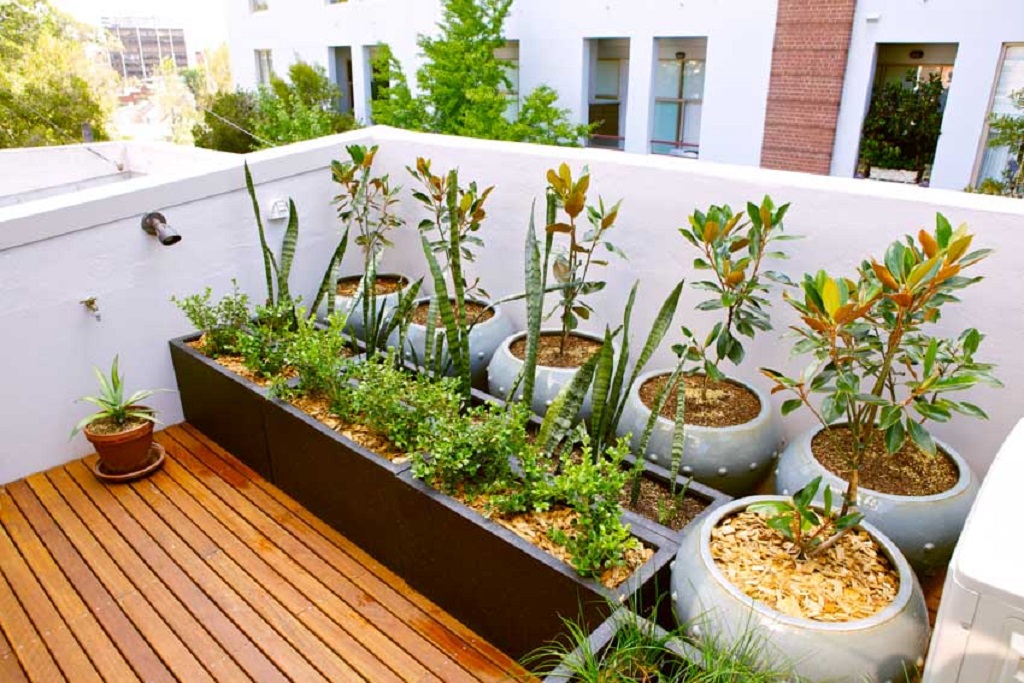
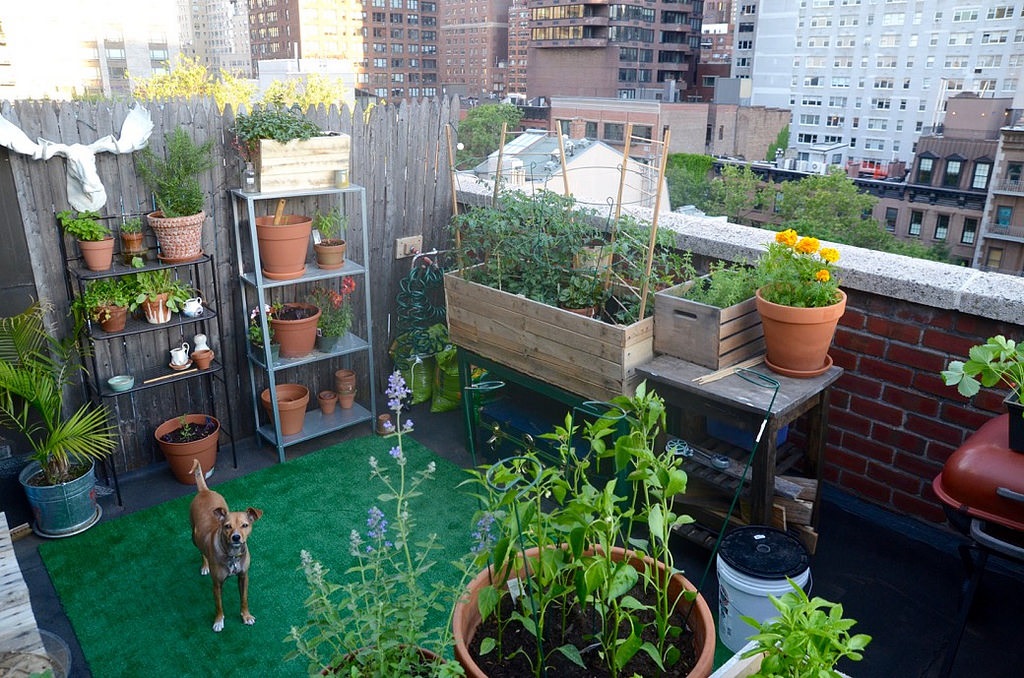 Step 2: Choose The Right Plants For Your Balcony
Step 2: Choose The Right Plants For Your Balcony